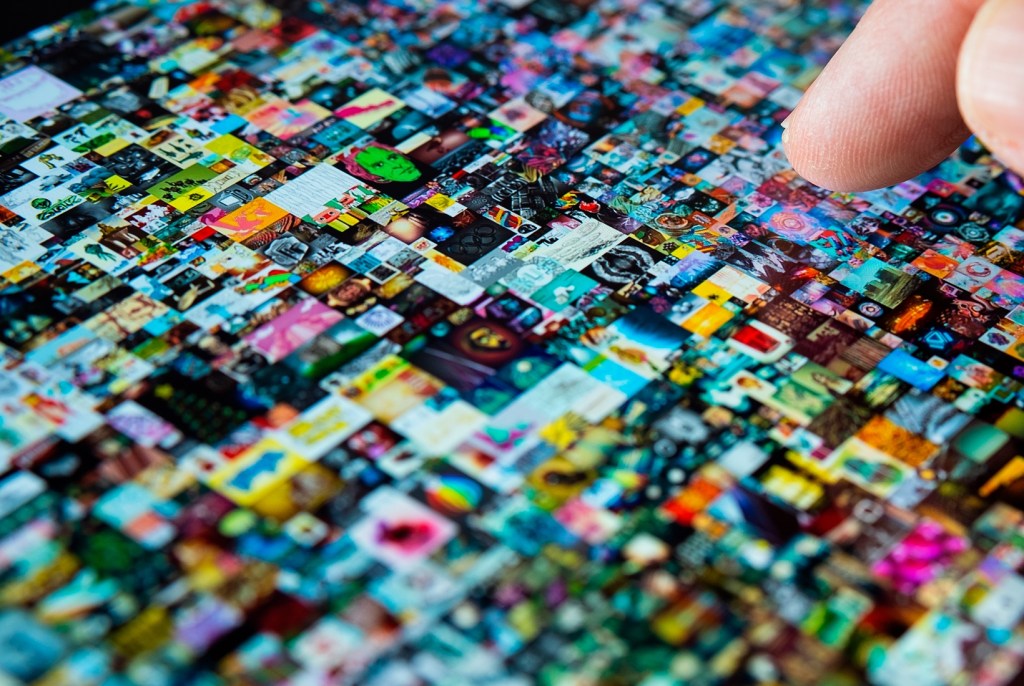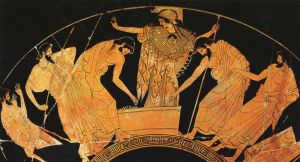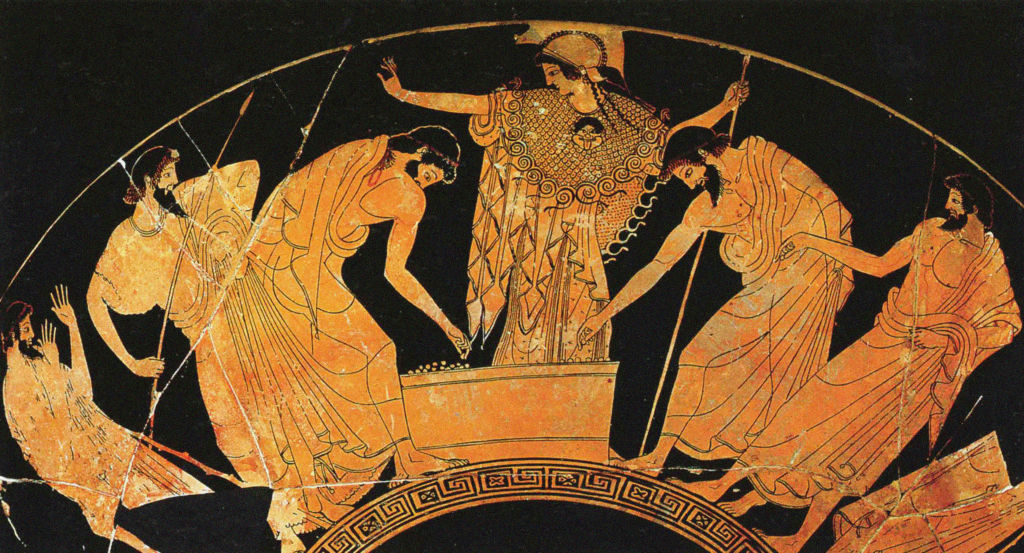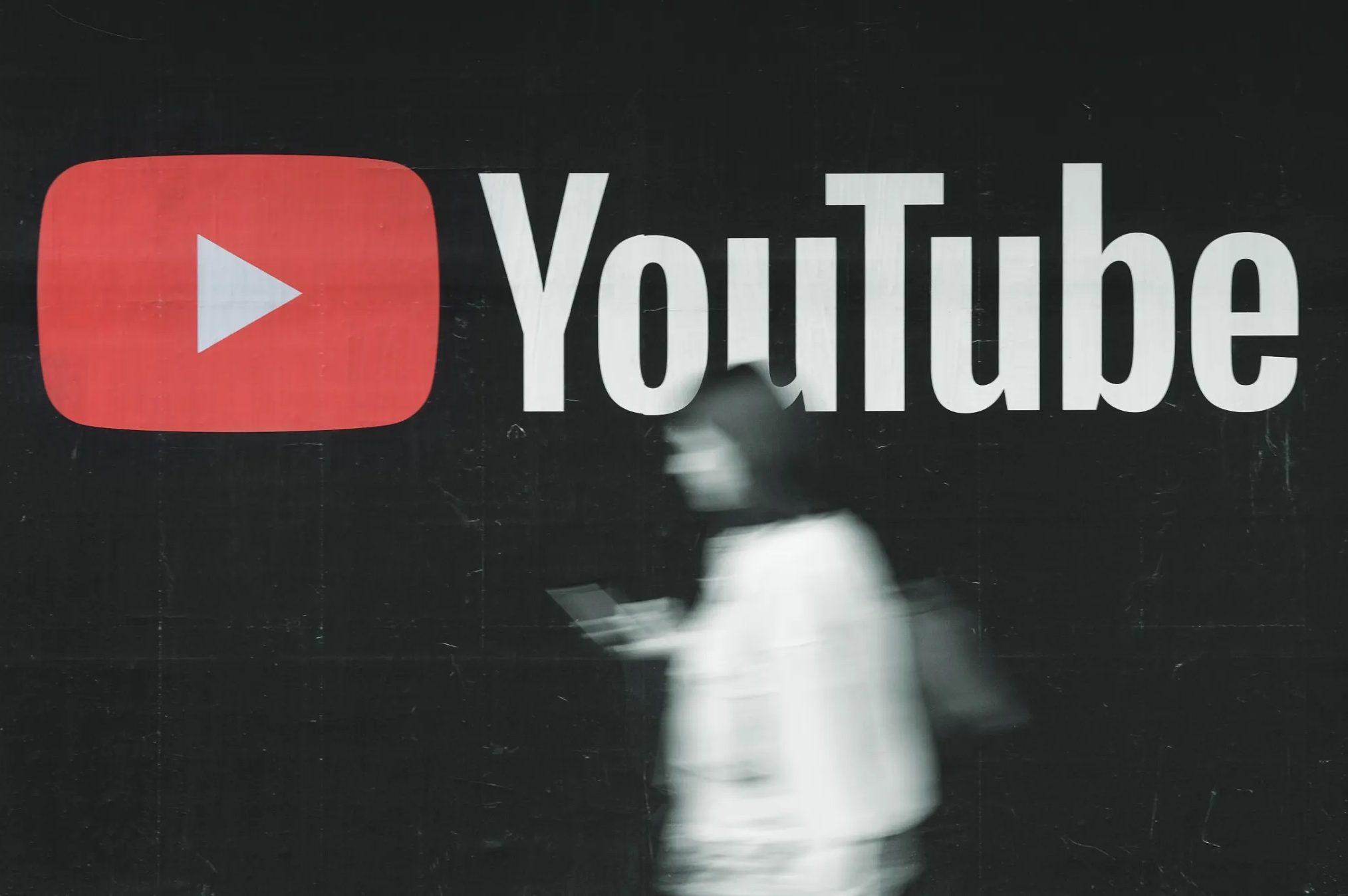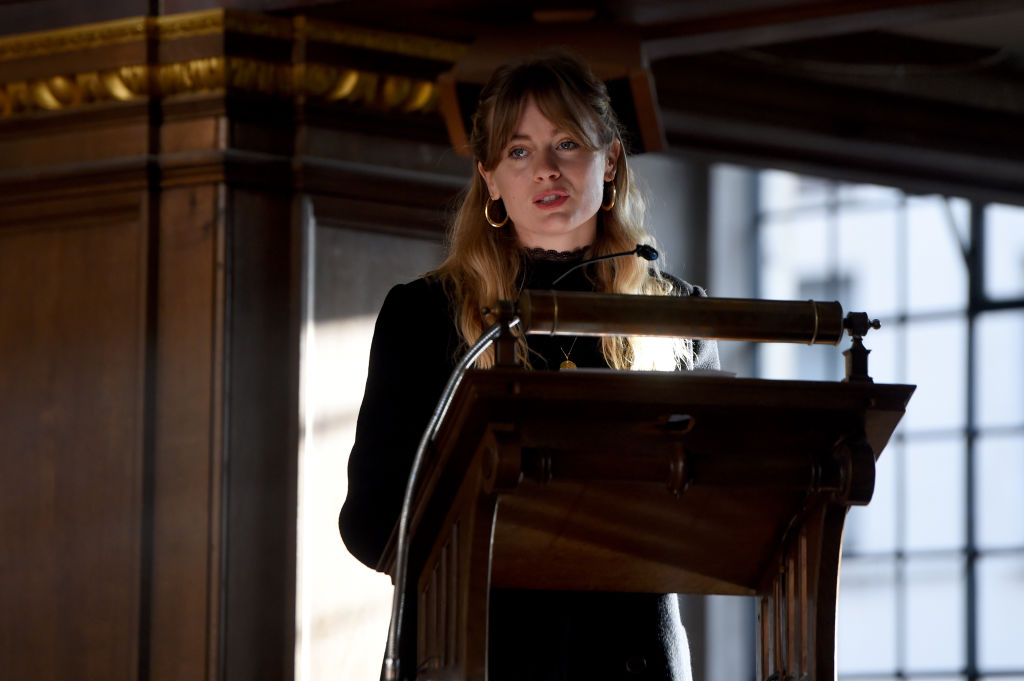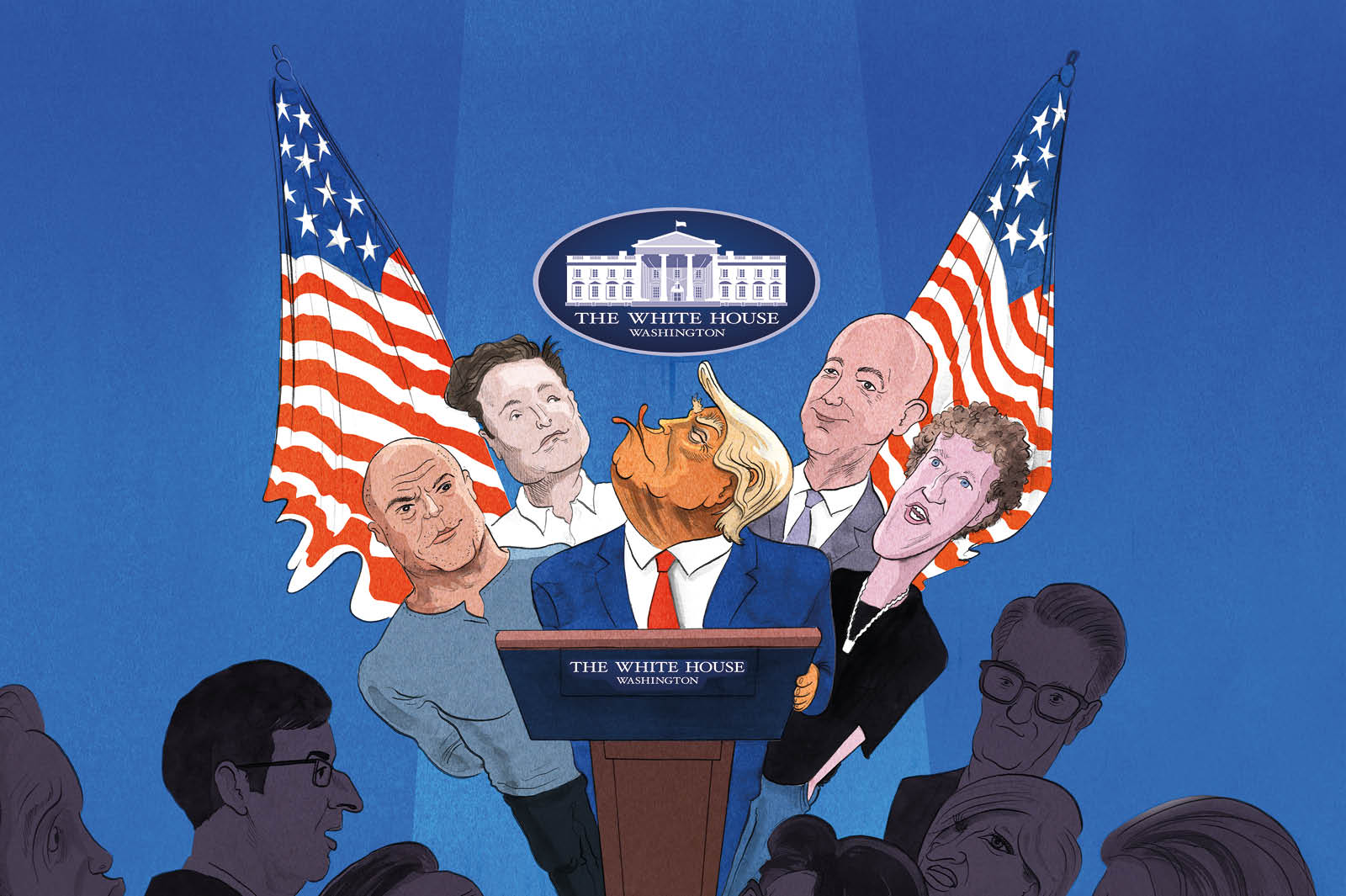Some things are explained so many times that they become unexplainable: we can only relate to them as something complicated that needs to be explained. The global financial crisis was like this. Crypto-currencies were like this too. The newest thing that exists to be explained is the world of non-fungible tokens, or NFTs.
NFTs are collectible digital objects. They are created with a technology called the blockchain, which unalterably and uniquely records their provenance. This means that if I mint an NFT of an image — a cartoon of Donald Trump, say, sitting naked astride the Capitol — I can prove definitive ownership of the image, no matter how many copies exist. In other words, NFTs can be authenticated, which means they can be sold. I use the example of a naked Trump because it’s a piece by digital artist Beeple, who this year sold a collage of his images for more than $69 million at Christie’s. ‘Sweet baby Jesus,’ he told the New Yorker, ‘this is ridiculous.’
Art writer Dean Kissick described Beeple’s work as reflecting ‘the collective-hallucinatory firmament in which tired art, recycled pop, bad taste, political spectacle and hyper-speculation swirl and coalesce into modern life’. Broadly speaking, I agree. Listening to Kissick’s appearance on the art-gossip and culture-war podcast Red Scare, the conversation reflected a general uncertainty about what to make of NFTs beyond the obvious fact that they are profoundly annoying. The hosts of Red Scare are New York art scene insiders turned hugely successful podcast provocateurs. They manage to ooze intimacy and inaccessibility in equal measure, saying things like: ‘The only thing making me feel better about the wage gap is my thigh gap,’ in voices that bubble and purr with vocal fry.
Kissick and the hosts are in loose agreement that the NFT world is the product of a degraded visual culture, one that has shrieked into the void so long the void now shrieks back. But how much difference is there between the Beeple sale and whatever preceded it in the art world?
The situation is this. People are spending unfathomable amounts of money on worthless images whose presence in an auction house is justified by marketing blabber disguised as critical engagement. The people buying these objects are relatively uninterested in the images themselves, but are using them as a means of prospecting about future fluctuations in their resale value. Does that not sound just a little bit familiar?
Listening to the Nifty Show, an enthusiasts-only production from the hosts of the (equally unlistenable) Bad Crypto podcast, you can get a sense of what this space looks like on the inside. The Nifty Show has the feel of American sports news broadcasting — a constant, half-shouted narration of nothing. Our hosts are Joel Comm and ‘NFTravis’. ‘NFTs are all the rage,’ says NFTravis, ‘and my name starts with T baby so… rock… and roll.’ My notes read: ‘Kill me now.’
NFTs are indeed all the rage. Joel and NFTravis been running this podcast once a week since mid-2019. In December, they say, the NFT trading market was worth $12 million. Now it is worth more than $500 million. Yet already there’s a note of auto-critique in the chatter, a slight disillusionment seeping in at the edges. They’re beginning to get annoyed by the garbage that’s flooding their screens — by the meaningless, vapid, soul-dead visual culture of the NFT world. ‘There really needs to be some sort of barrier to entry,’ muses one. ‘That way we’re not bombarded with just… crap.’
The hosts don’t believe they are in a bubble, and unerringly refer to the world of NFTs as a ‘future trillion-dollar industry’. They’re anticipating a slowdown in the NFT market over the coming months, but not a complete collapse. Which NFT makers will succeed once this cycle of media hype has dissipated? ‘The independents. The ones that are true, the ones that have some ethos.’ The real artists, in other words.
In their valorization of creative sovereignty, their mistrust of corporate vultures and their concerns about the lack of new ideas in their respective worlds, the hosts of Red Scare and the crypto bros of the Nifty Show can sound oddly similar to one another. Late on in their interview with Kissick, one of the Red Scare hosts asks if NFTs can be considered the completion of Duchamp’s project.
I think this gets things the wrong way round. NFTs are not art’s future, but its past: Duchamp’s urinal, minus the tradition and history against which that object can be read. There’s something naive and almost touching about the NFT world’s sense of itself as revolutionary and radical — the bleeding edge of the new — since this is so very far from a new story. ‘Everything is art now, right?’ asks one of our hosts, before reassuring himself: ‘Everything is art.’
This article was originally published in The Spectator’s UK magazine. Subscribe to the World edition here.



